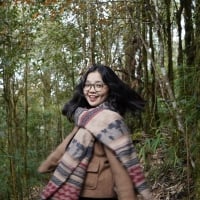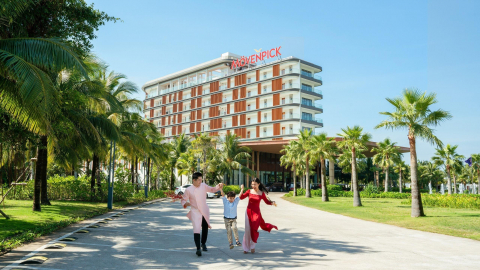Korea
Lunar New Year, also known as Seollal, is one of the most important holidays of the year for Koreans. This is an occasion to drive away evil spirits, bid farewell to the misfortunes of the old year and welcome the good things of the new year. When the New Year's Eve comes, everyone in the family joins in the festive atmosphere and performs traditional rituals.

Offering tray on Korean New Year's Day Seollal.
The first ritual of the New Year is called Charye, which takes place at the family altar. Family members gather around the altar, expressing their respect and reverence for their ancestors.
Next is the Sebae ceremony. Young people in the family come to bow, wish longevity and receive lucky money from their parents and grandparents, showing gratitude and respect to the older members of the family.
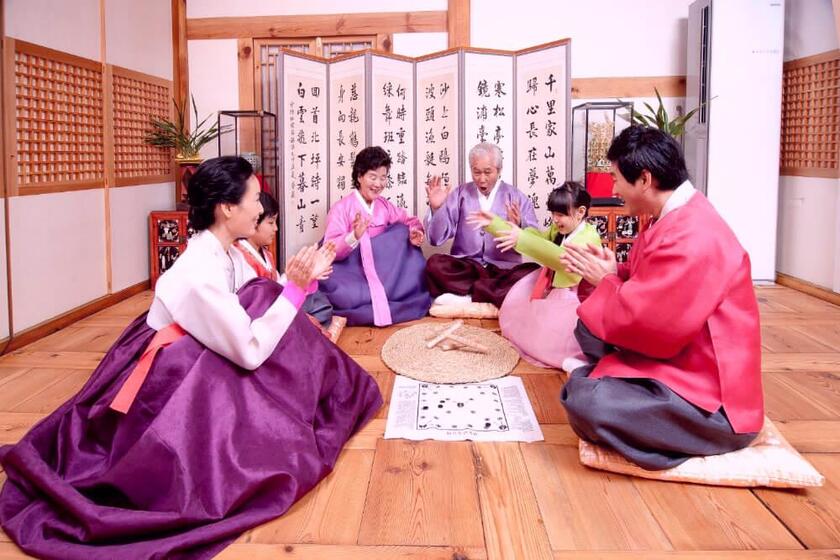
This is also an opportunity for children to show respect and gratitude to grandparents and parents.
It is impossible not to mention the rich culinary culture of the Korean New Year. The offerings are carefully prepared before Tet and completed on New Year's Eve. The offering tray consists of more than 20 dishes, including ttok-kuk - a type of noodle soup made from beef or chicken, along with traditional rice cake soup.
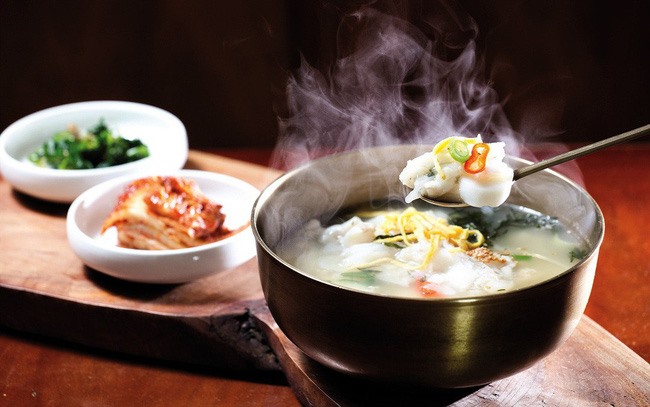
Tteok kuk - an indispensable dish during Korean New Year.
Mongolia
Mongolians always keep a happy and optimistic mood and avoid doing bad things during Tsagaan Sar. They believe that this will bring good luck for the whole year. Debts are also paid and all conflicts are resolved before the New Year to avoid bad things in the new year.
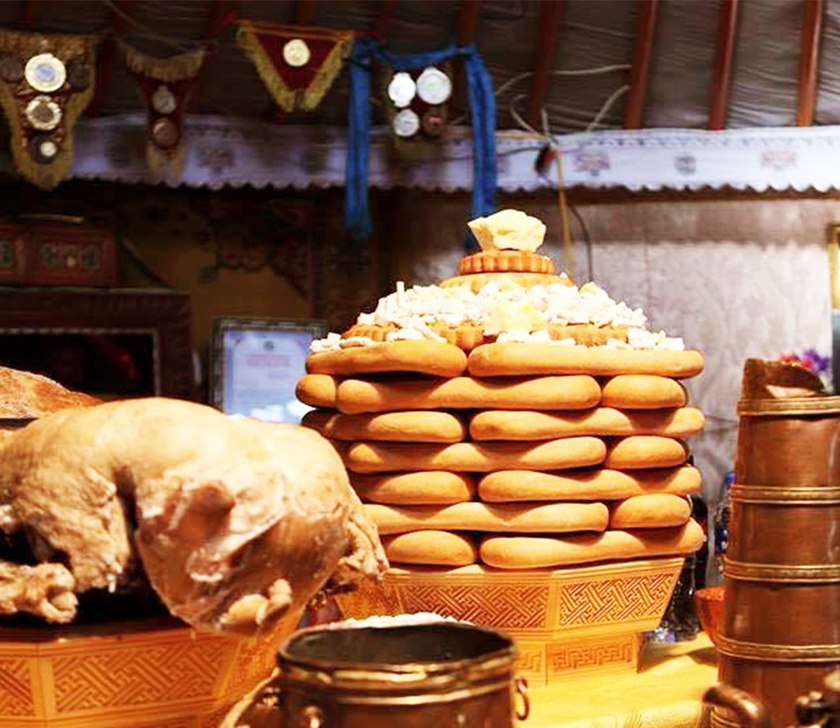
The indispensable dishes during Mongolian New Year are ul boov (tower of sweets) and uut (boiled lamb back).
To prepare for the most important New Year's Day of the year, Mongolians will clean their houses and barns, bathe, and wear new clothes. Traditional dishes are prepared from milk, cakes, lamb, beef, horse meat... along with rice and raisins. Before New Year's Eve, Mongolian men will go to the mountains to pray and choose a direction that is compatible with their horoscopes to start the year. This is believed to bring good luck for the whole year.

During the 3 days of Tet, Mongolians will only wear national costumes.
During the three days of the New Year, Mongolians will only wear traditional costumes and gather at the home of the oldest person in the area. They chat, joke, exchange and enjoy traditional dishes.
China
The Chinese lunar calendar is based on the lunar cycle, which makes the Lunar New Year holiday different from the Gregorian calendar. The holiday typically runs from January 12 to February 20, bringing a vibrant spring atmosphere even in the winter weather. Lucky red covers everything from lanterns, parallel sentences, costumes to red envelopes, expressing the wish for a peaceful and prosperous new year.
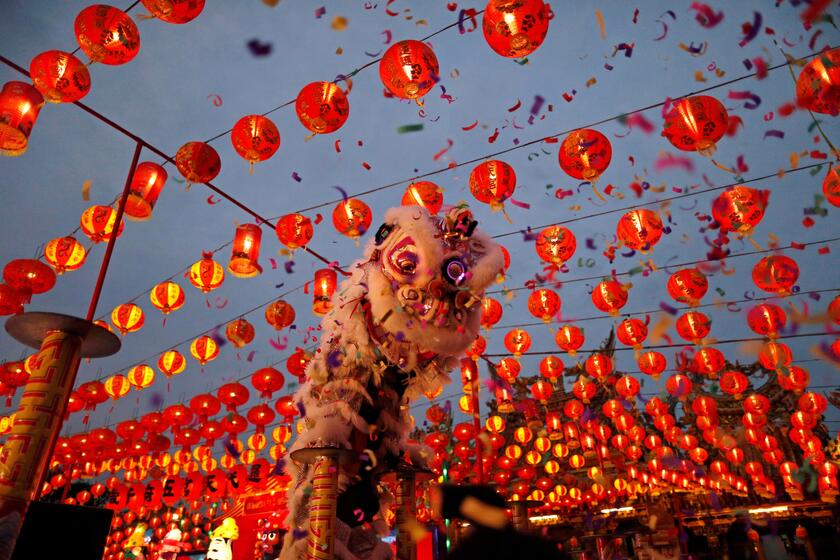
Red is everywhere on Chinese New Year.
In addition to traditional activities, Chinese people also have the custom of sticking or hanging the word "Phuc" upside down to pray for good luck. According to ancient beliefs, "Phuc dao" is homophonous with "Phuc dao", meaning that blessings will come to every home in the new year.
Each year in the Chinese calendar corresponds to an animal, so in the year of the animal, people often avoid eating meat of that animal at the beginning of the year. Instead, cakes, especially Nian Gao (sticky rice cake), made from sticky rice, sugar and fresh ginger, will contribute to creating a unique flavor for the Tet tray.
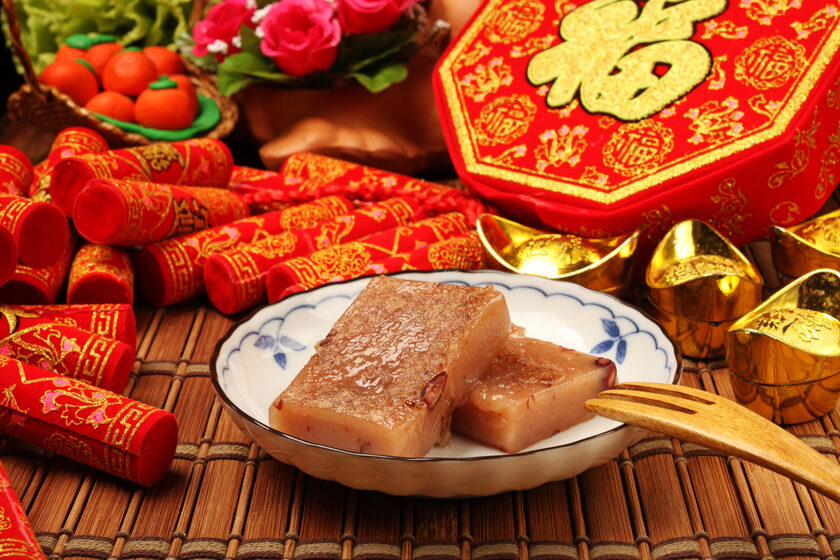
Nian Gao (sticky rice cake, sugar and fresh ginger) is an indispensable dish on this occasion.
Singapore
Singapore celebrates the Lunar New Year following Chinese customs, perhaps because a portion of the Lion Island’s population is of Chinese descent. Before the New Year, Singaporeans also clean their houses, decorate the streets, and prepare traditional dishes. However, instead of the five-fruit tray like in Vietnam, Singaporeans prefer tangerines and pineapples.
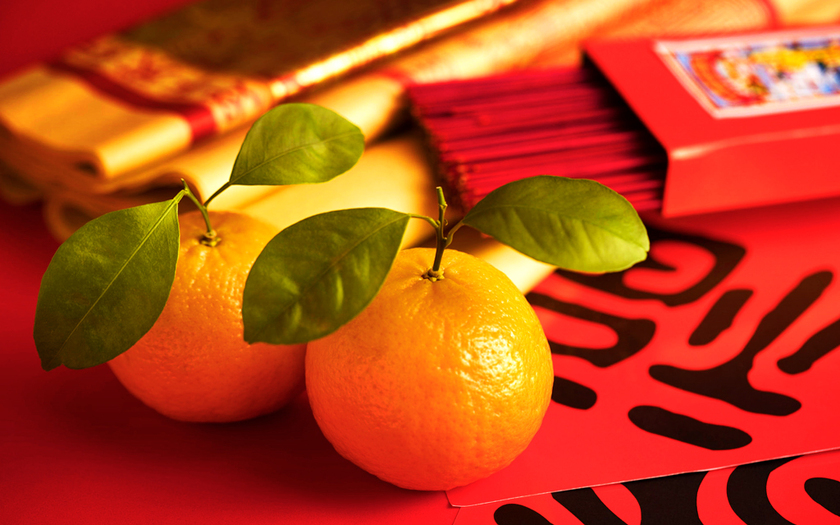
Singaporeans often give each other tangerines with the wish to bring wealth and prosperity in the new year.
Tangerines symbolize prosperity and good luck with their bright yellow color. Singaporeans often give tangerines to each other with the wish to bring wealth and prosperity in the new year. Pineapple (thom) in Hokkien means "prosperity", meaning wealth. Therefore, people here often use pineapple to make cakes to treat guests during Tet.
Singaporeans have a custom of giving gifts in pairs or in even numbers, avoiding the number 4 because it is believed to bring bad luck. Lucky money gifts are also given in pairs in red envelopes with chocolates.
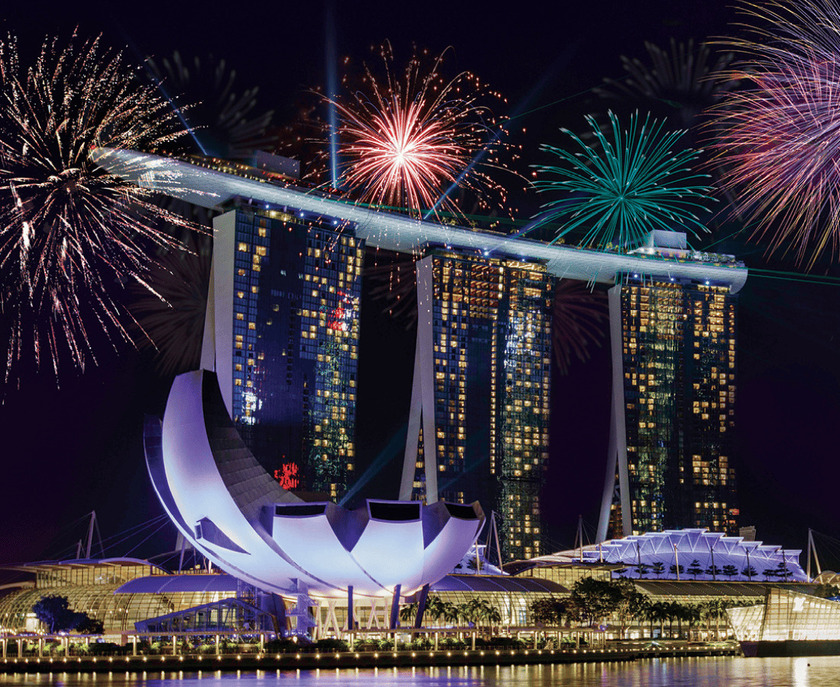
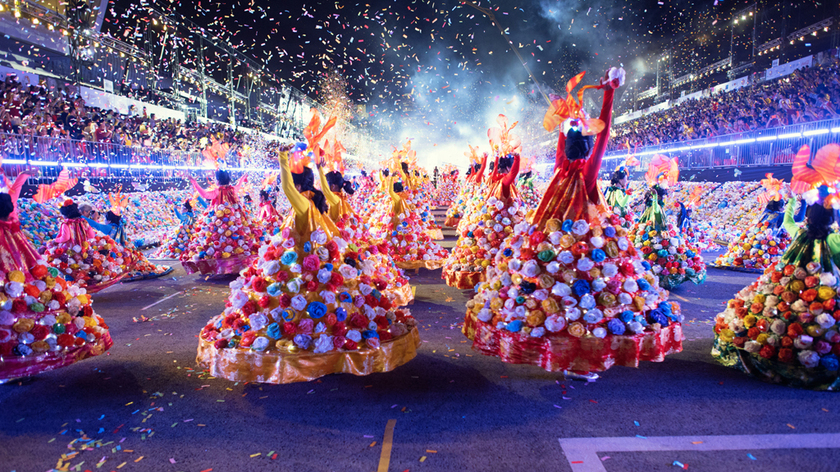
Coming to Singapore this time, tourists will be able to participate in many unique and attractive festivals.
Apart from traditional customs, Singapore also holds many special festivals throughout the Chinese New Year, attracting tourists from all over the world. The Chingay Festival is one of the most prominent events with a colorful and vibrant parade.








